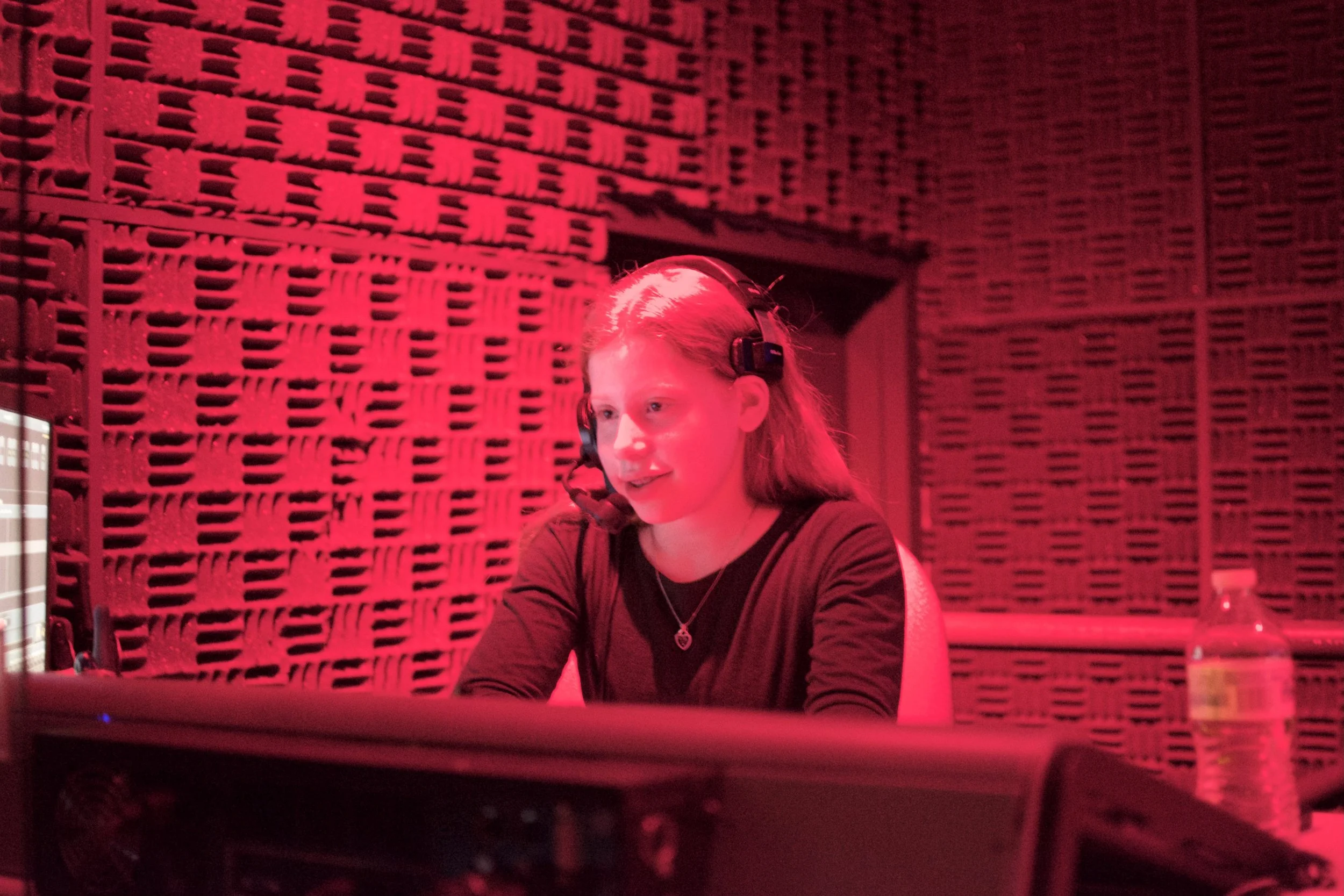How I got into Brown University (My Story by Sophia Decherney)
How I Got Into Brown University
The first week I arrived at Brown University, everyone was asking themselves the same question: How did I get in here? While we started off intimidated by our accomplished classmates and brilliant professors, we learned that the simple truth is that most top universities are filled not with child prodigies but with smart, hard-working students. So, how do you communicate to a university that they should pick you for that coveted spot in their class? I am going to share with you my story of how I put together an application that got me into every university to which I applied, including Brown.
The SAT: Why I decided to take the exam even though SAT was test-optional
My first question about the SAT was if I was even going to take it. I applied during COVID, and every university was test-optional, so I thought long and hard about whether I should submit an SAT, especially since my practice score was under Brown’s average when I signed up for the test. In this age of inflated GPAs, I had to prove that my 3.98 was based on skill mastery and not lenient grading policies, so even if I was under Brown’s average, it turned out to be worth submitting a score. I practiced almost exclusively with SAT office testing material (then on Khan Academy). I studied at least 15 minutes daily on weekdays for about six months, rotating between math and English, and took a full practice test every weekend. During the week, my main goal was to review each missed question carefully so I would never get that type of question wrong again, and during the weekends, my goal was to learn to do it in the limited time. In fact, I gave myself a shorter time on my practice test than on the actual test just in case something went wrong on test day. However, around month four, my score plateaued between 1400 and 1450. Nothing I did seemed to help, and each missed question seemed random. Researching online, I realized that the questions I was getting wrong were the answers I knew best. I had been second-guessing myself simply because they seemed so straightforward the first time that I got the correct answer and then talked myself out of it. That easy fix was the push I needed to push my practice scores into the 1550-1600 range.
Personal Statements and Supplemental Essays : forming my story
Some of the best advice I received when completing my college applications is that getting into college is less like competing in a race and more like assembling a soccer team. No matter how talented they might be, you would never pick a team of all goalies. Similarly, colleges are looking to construct a class with many sorts of people in it. When I wrote my essays, I tried to keep two aspects in mind: helping the admissions picture me on their campus and staying optimistic. I wanted the admissions office to envision what sort of student I would be in and out of the classroom so they could fit me into the patchwork of their incoming class. I also knew that they received an overwhelming number of upsetting essays, so even when I discussed a challenge I overcame, I focused on the positive: what I learned and how I might make a change for the better. A final note about essays is that you are not writing many individual pieces but a cohesive story about yourself. I focused each essay on a different element of my life, each conveying a consistent, authentic narrative. I started working on my essays the summer before 12th grade, so I would have enough time to revise them. I brainstormed at least three ideas for each essay I would need to submit. Next, I picked the top ideas and revised them. I revised about 15 drafts before I got to the final version of my personal statement!
Grades, Classes, and Recommendations: How I went about academics
Universities like Brown would like to see you take the most rigorous course load your school offers, even if that means you get a slightly lower grade in the class. Although I took a challenging course load, I also picked classes that I was genuinely interested in, and even if Brown would never know if I took a class because I thought it would look good, give me an easy A, or if I just enjoyed the subject, I think my enthusiasm for my classes shone through and motivated me to do well in them. It also meant that I took the time to connect with teachers early in my high school journey, which helped me when it was time to ask for recommendations. Aside from being a good student and classmate, I also recommend meeting with your recommenders and telling them how you present yourself in your essays to improve your letters of recommendation. Lastly, while many people wait until the SAT to seek tutoring, those tutoring hours are equally important earlier while completing difficult classes. Your GPA is the only piece of your application that you can’t redo. I am so glad that I sought help with physics and trigonometry when needed. Not only did getting help keep my GPA up, but it also helped me understand the material, so when it came time to study for the SAT, I was in a much stronger position.
Extracurriculars: I chose to focus on areas that I was passionate about
When it comes to extracurriculars, I was just lucky that I had no pressure from my school or parents to pick activities that would “look good for colleges.” Instead, I followed my passions of technical theater, mock trial, activism, etc. It’s hard to fake genuine interest in an extracurricular and even harder to stand out when your only goal is to do so. I had so many friends and relatives fail to talk me out of running for a spot on the disciplinary committee over class secretary. When it came time for college applications, I was also concerned that it would look like I had disperse interests that did not go together. However, when I started to describe what drew me to each activity, broader themes like a strong sense of justice and a love of community building explained my eclectic set of interests.
Further Reading: See how Tigerway’s Anwesha Nath got into Georgetown
Want to get an edge in admissions like getting into Brown University (or other great U.S. Colleges)? Our Coaching Team at Tigerway has extensive experience with international student admissions. Our Coaches also specialize in tutoring academic subjects and the Digital SAT to raise your odds of getting into schools by pairing you with a Coach that has familiarity with your top schools list.
If you want individual advice on your situation with a private coach, let’s connect to see how we can best help you achieve your goals.
Contact Info:
Calvin Cheung, Director (617-749-8421, text today to book a call)
WhatsApp: +1-617-749-8421
WeChat ID: CalvinGCheung
Sreya Ravi, Program Officer (774-432-7381, text to book a call)
If you only speak Cantonese or Chinese Mandarin, send us a message on WeChat ID: LarryCheungCFA or WhatsApp (+1-617-749-8380)


Growing up in Dubai, a city that thrives on ambition and innovation, I always felt a deep sense of possibility. Surrounded by skyscrapers, a melting pot of cultures, and an ever-evolving landscape, my upbringing was anything but ordinary. My journey to Georgetown University as an international student from the UAE was shaped by my environment, my personal struggles, and the unwavering support of my family and mentors.